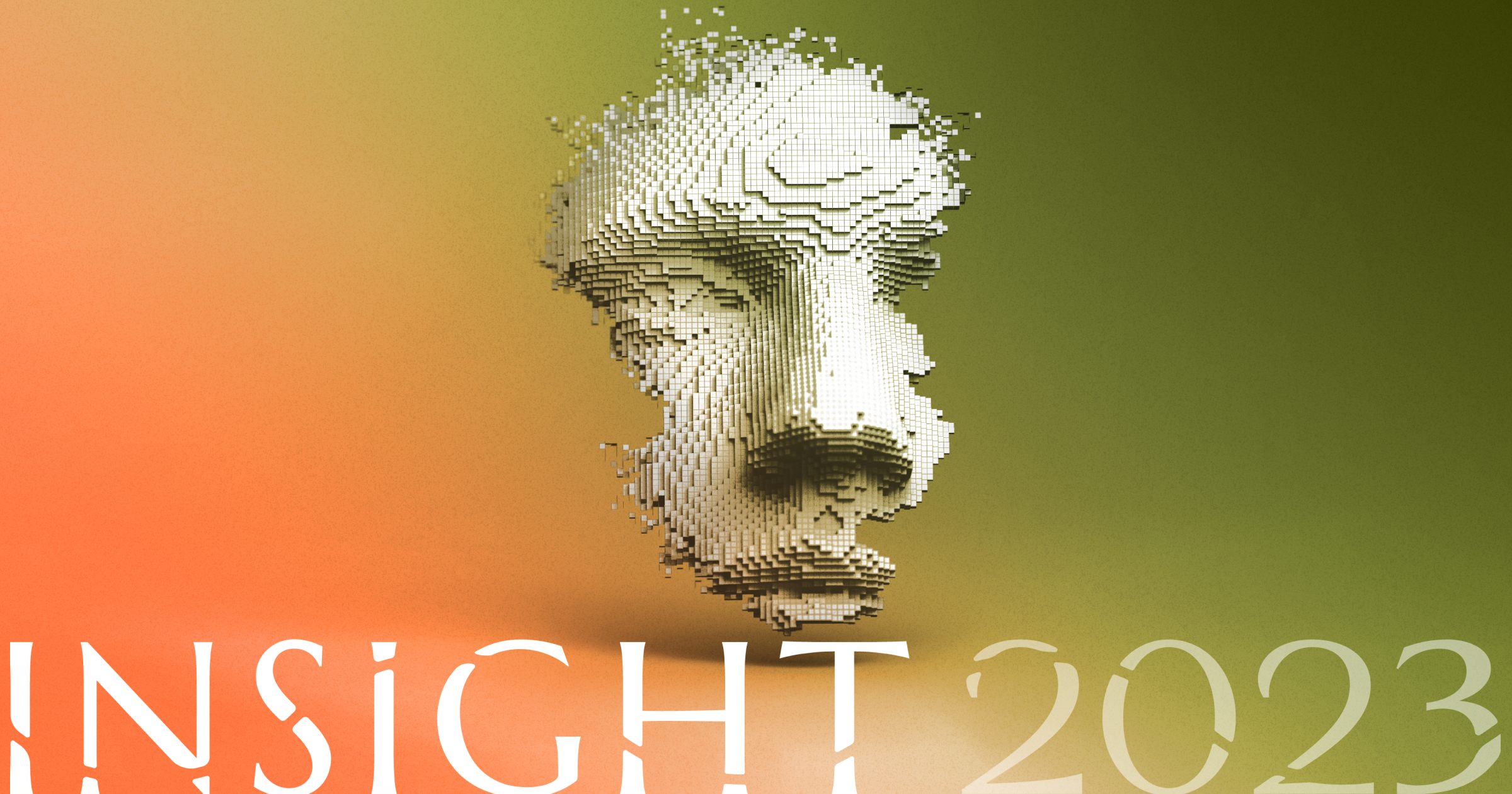Paul Lodder is a Data Engineer with an MSc in Artificial Intelligence. His passion for psychedelic research began during his undergraduate studies of Liberal Arts & Sciences at Amsterdam University College (AUC), where he initially intended to pursue a degree in biomedical sciences. Upon discovering his passion for programming, however, Paul made the switch to focus on computer sciences and artificial intelligence.Besides his studies, Paul gained experience working as a Data Scientist and Data Engineer. In his MSc thesis project, he leveraged his biomedical background, data engineering, and deep learning expertise to develop a novel geometrical deep learning framework aimed at deepening our structural understanding of G-protein coupled receptor signalling, with a focus on the 5HT2a receptor. By applying explainability techniques, the framework facilitates identification of structural determinants and aims to she light on the molecular basis of psychedelic signalling.


